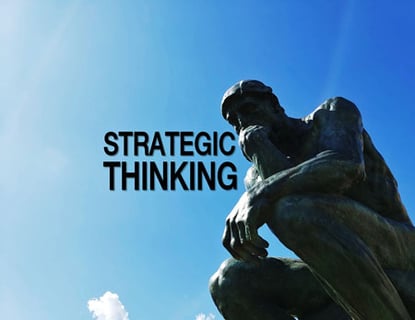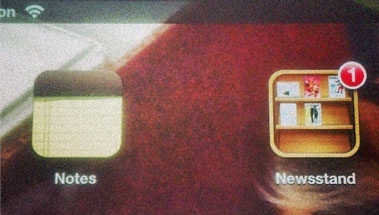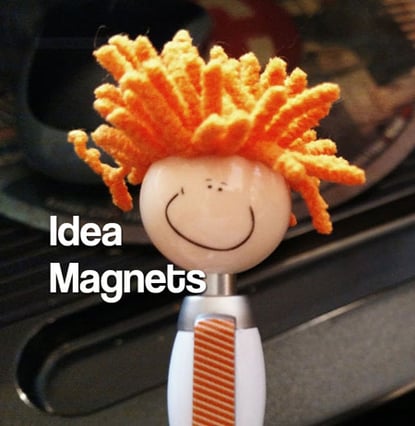In early May, a TweetDeck search on "creative" tweets showed several referencing a Creative unConference in New York. I tweeted to attendees asking for a guest blogger to write about their experience presenting at an event where there's not really a pre-planned schedule.
Part of it was professional curiosity since I'm chairing the American Marketing Association Market Research Conference in October, and we've discussed how to incorporate more attendee-driven content. The other part was a sincere interest in all of us learning more about these types of emerging events.
Stephanie Sharp stepped forward to share her perspective on the event. Stephanie owns Sharp Designs, a graphic design and branding consultancy in New Jersey. She has extensive experience with identity work, marketing collateral, and internal communications. Here's Stephanie's view on what it's like when a social networking perspective intersects with a real life event:
 I presented at the Creative unConference in New York City on May 7 - 9. This event was organized by The One Show as part of a week-long creative week. Since this was my first unConference, I wasn't sure what to expect, so here are three take-aways to help others prepare for attending an unConference:
I presented at the Creative unConference in New York City on May 7 - 9. This event was organized by The One Show as part of a week-long creative week. Since this was my first unConference, I wasn't sure what to expect, so here are three take-aways to help others prepare for attending an unConference:
Prepare for a Richer Experience
The registration process included two questions:
- What are you going to present?
- What subjects are you interested in hearing about?
My answer to the first question was : "I AM PRESENTING on the rebranding that has occurred in the last year or so. Some has been seen as a misfire among the design community. Is there a shift in identity work? Have we lost Paul Rand's way of working? Is it better or worse?"
The unConference guidelines warned speakers to not prepare too much. It's not like a typical conference with a presentation followed by Q&A with the audience. An unConference is very interactive with a session's attendees voicing their opinions. A comment from a speaker or a fellow attendee can start a longer discussion on one particular item. As such it's a much richer experience.
Get Ready to Actively Shape the Agenda
An unConference's schedule is set each morning, so the exact agenda isn't known ahead of time. Every attendee is in a large room and allowed to introduce themselves. We grabbed paper and markers and wrote what we wanted to present on sheets and gathered in two lines to announce our session to the crowd.
Alternatively, we could write a subject heading in which we needed help, an issue we were working with, or a topic on which we wanted to hear others' views. We walked over to a large schedule board and taped our session into a slot for a room and time. As people were adding their sessions, you could also move yours to another time. For any sessions that were similar, presenters could discuss and combine them.
Anticipate but Be Flexible
For my session, I prepared ahead of time by gathering recent logo redesigns causing discussion and controversy within the online design community. These included major brands such as Pepsi, Tropicana, the 2012 Olympics, and Xerox among others. Only a few sessions had access to projectors, so I printed several copies of the logos anticipating I'd be in one of the smaller, intimate areas. Needing visuals for my presentation, this approach provided the most flexibility no matter what the space.
Most everyone in the session held similar ideas on the logos, but we shared some interesting insights with each other. It was more of a discussion than a traditional "presentation," giving attendees more time to interact and exchange opinions.
Summary
In all, I came away from the Creative unConference with some excellent ideas and knowledge I can implement in my own design and branding consultancy and will definitely keep an eye out for future unConferences. - Stephanie Sharp



